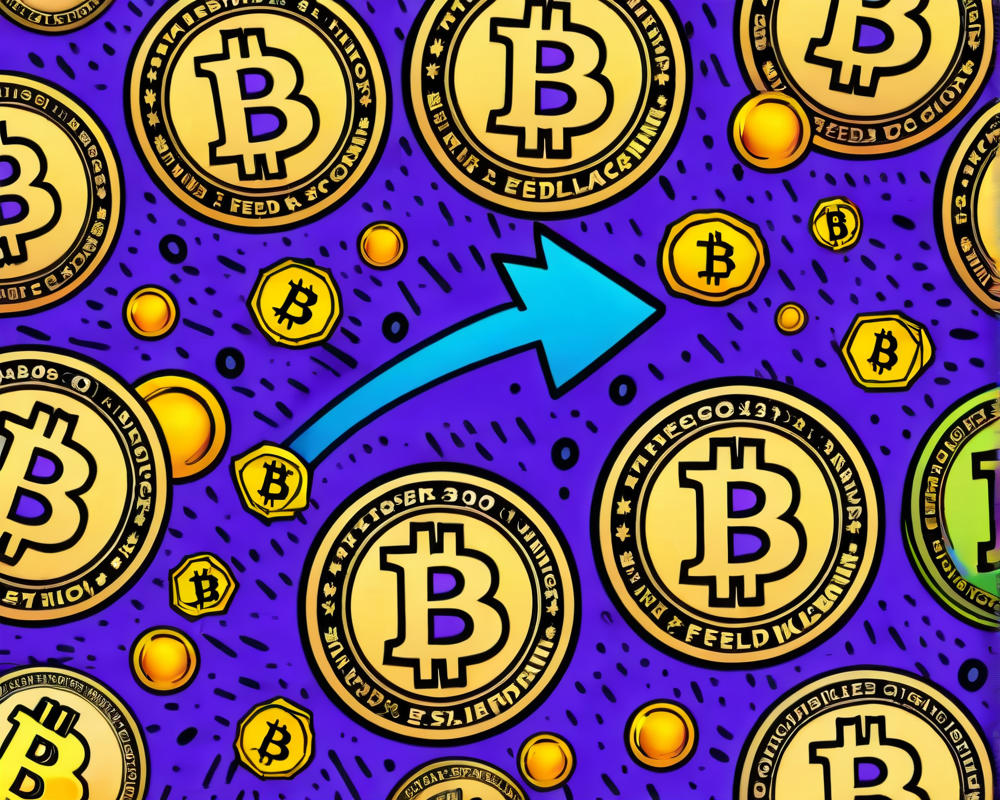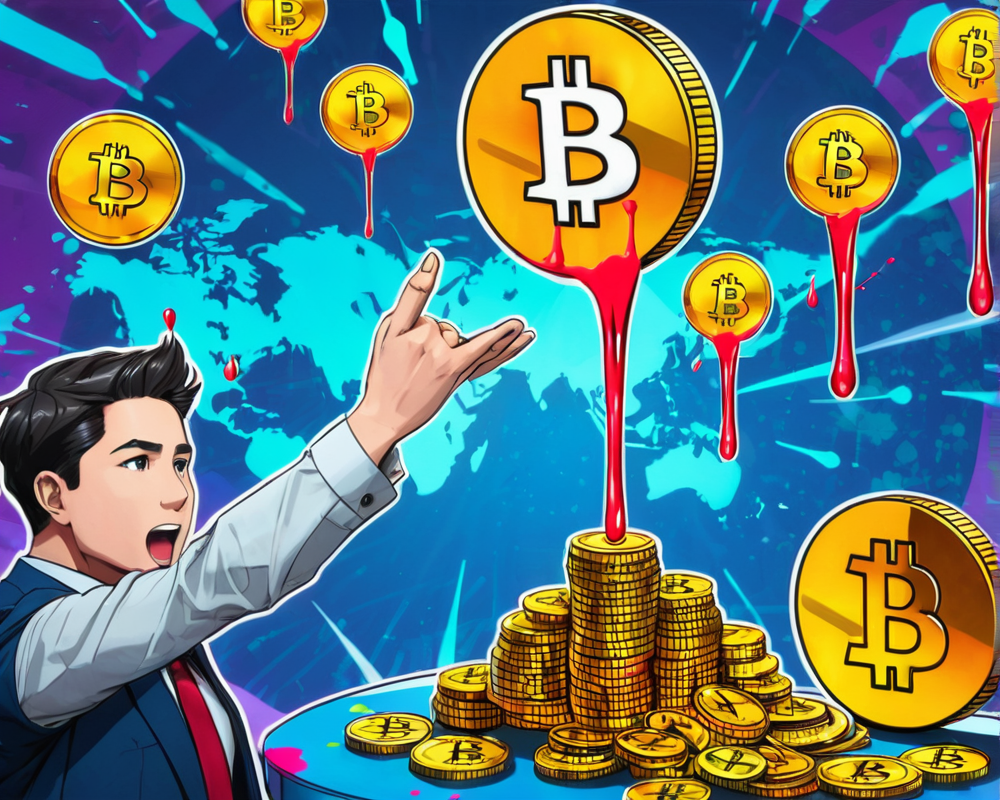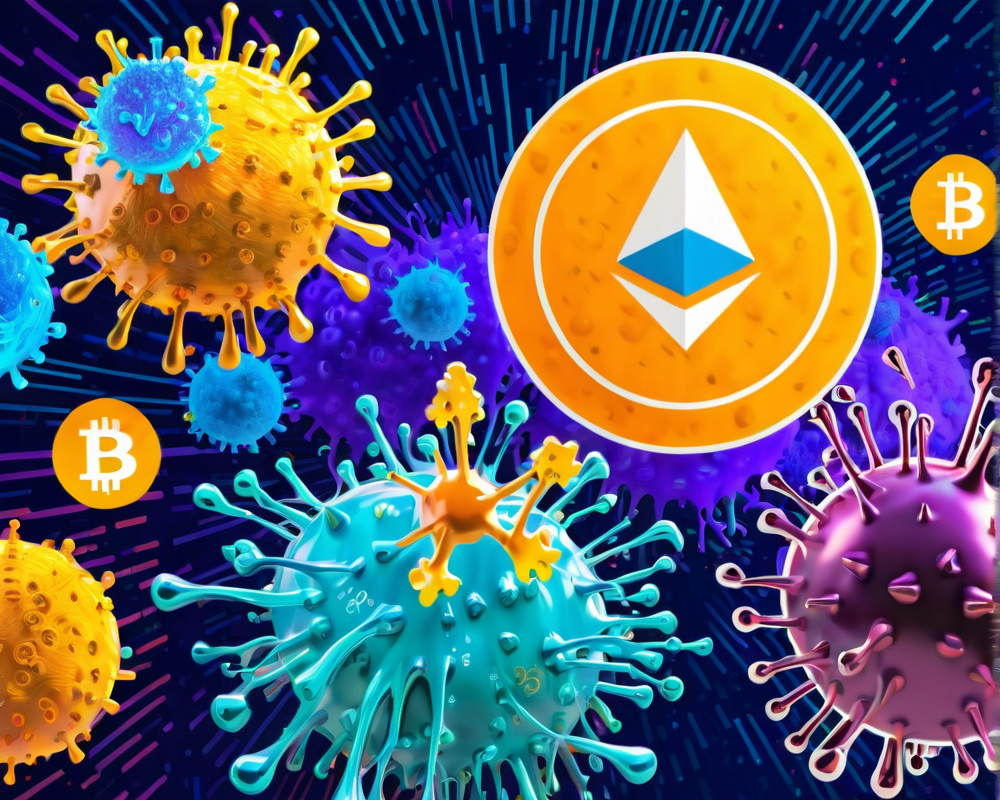Understanding Pearson’s NFT Strategy
Pearson, one of the world’s leading textbook publishers, is embarking on an ambitious journey by integrating nonfungible tokens (NFTs) into its digital textbook landscape. This move aims not only to modernize how educational materials are distributed but also to tighten the grip on secondary markets.
The Motivation Behind the Move
According to a recent Bloomberg report, Pearson CEO Andy Bird envisions NFTs as a means to track textbook sales more effectively. By leveraging blockchain technology, the company hopes to capture revenues typically lost during private secondhand transactions. Bird stated, “We can participate in every sale of that particular item as it goes through its life.” It’s like security for your school books, only this time it comes with a digital twist!
The Number Game: How Many Times Can One Book Be Sold?
Bird highlighted an intriguing statistic: a Pearson textbook typically changes hands up to seven times throughout its lifespan. Imagine being the author of a textbook that keeps on giving—just like that one friend who borrows your favorite DVD and never returns it, but with NFTs, you might actually get paid for those resales.
Exploring the Metaverse
But wait, there’s more! The publisher isn’t stopping at NFTs. Bird hinted at a whole team investigating the implications of the Metaverse for Pearson’s future. As virtual worlds are projected to exceed a market cap of $50 billion by 2026, the potential for immersive educational experiences and digital interactions in the Metaverse looks promising.
Campus Adventures in the Metaverse
Following suit, several academic institutions are launching their own initiatives in the Metaverse. Just last week, the Hong Kong University of Science and Technology unveiled its first classroom in this burgeoning virtual space. Picture attending lectures in pajama pants while hanging out with your digital avatar—sounds enticing, right?
Criticism and Concerns
However, Pearson’s foray into NFTs has not been without controversy. Some notable academics have criticized the effort, labeling it as “predatory academic publishing.” For example, Intel researcher Zane Griffin Talley Cooper expressed concern about the ethical implications via social media, remarking that care must be taken as this trend evolves.
The Buzzword Debate: Are They Really NFTs?
Adding fuel to the fire, technology analyst Ian Cutress suggested that Pearson’s NFT initiative may not represent true NFT technology at all. On social media, he argued that what the company refers to as NFTs might simply be codes required for secondhand buyers to activate their digital textbooks, complete with a $10 reactivation fee. Is it truly revolutionary, or just a glorified way of reselling codes?
Pearson’s Financial Footprint
With $4.2 billion in revenue recorded in 2021, Pearson is already a significant player in the publishing industry. Interestingly, the company has experienced a positive trend in 2022, reporting $2.2 billion in revenue for the first half and a 14% increase in profits to $208.7 million. These numbers suggest that their innovative strategies are ringing in the dollars, even amidst the criticisms.




